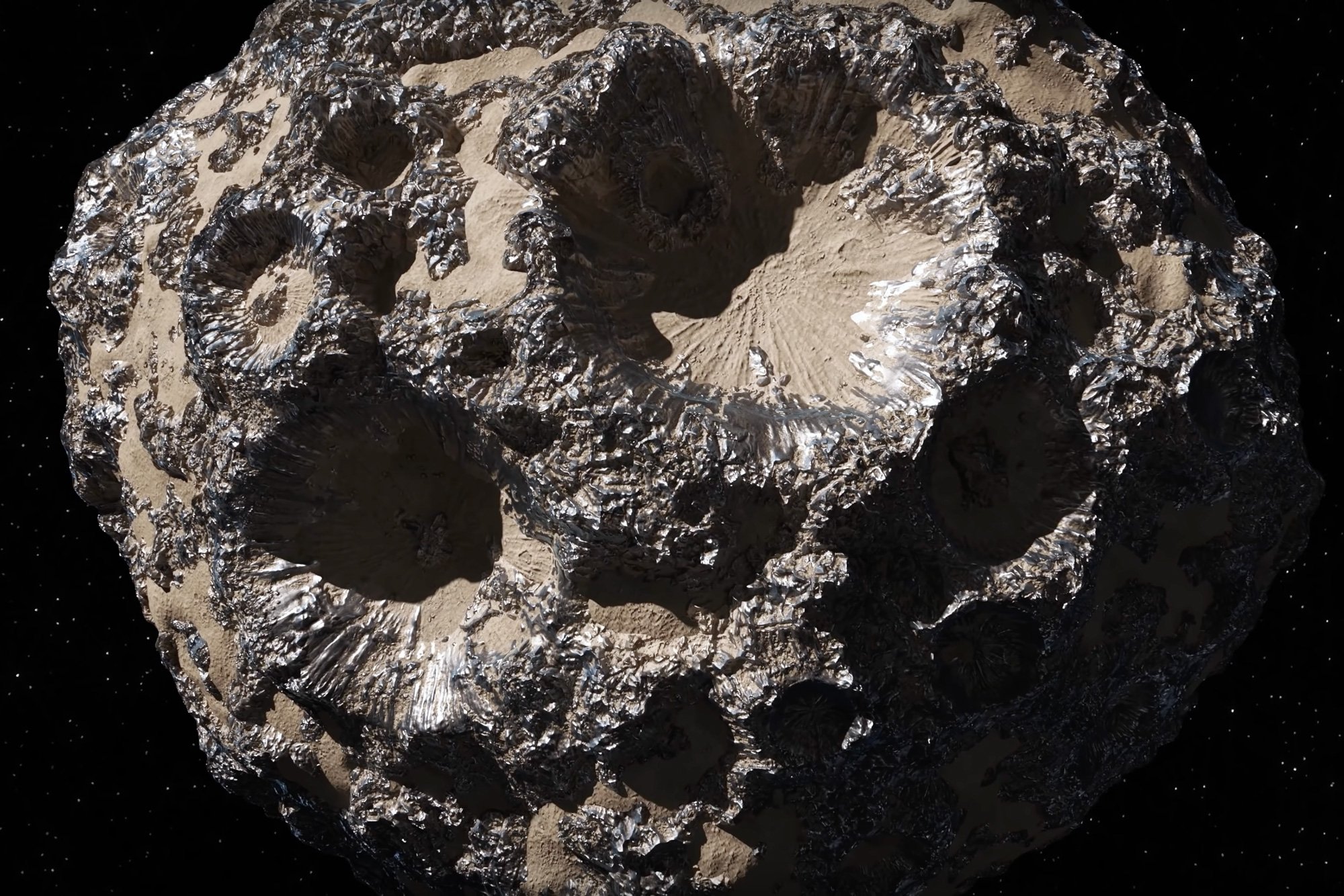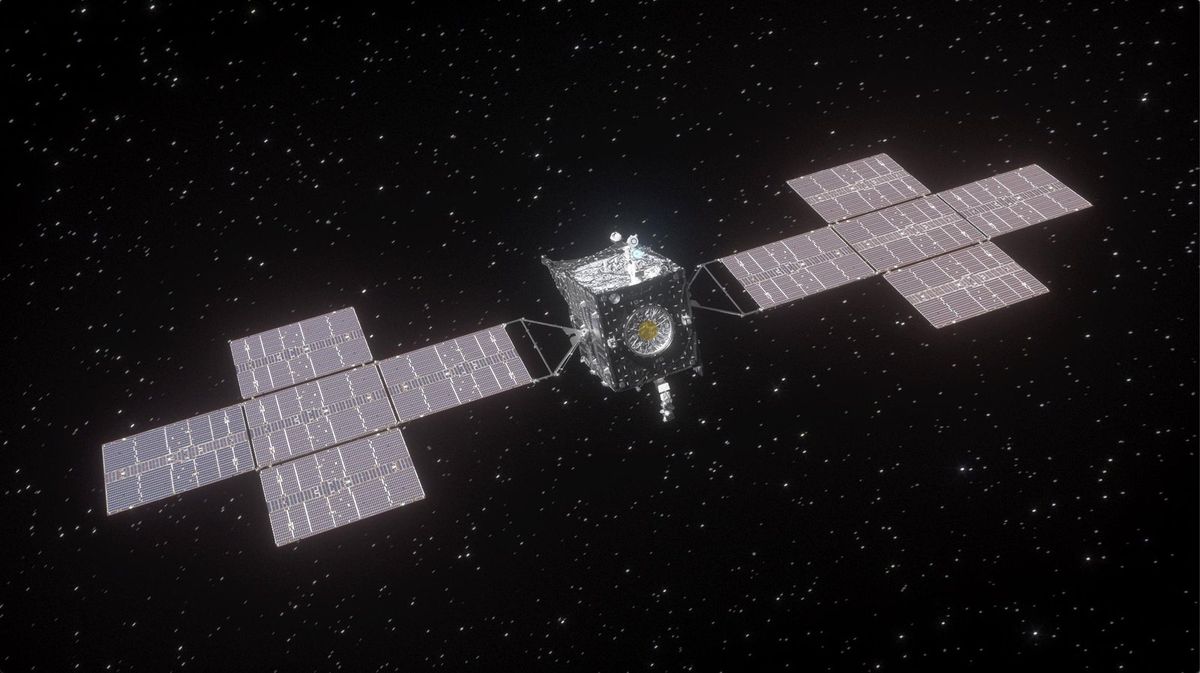KNOWLADGE IS GIVEN BELOW
**Nachosian** is a space-inspired blog that dives into the wonders of the universe, from mind-bending questions like "Can a star be smaller than a planet?" to captivating facts about black holes, time travel, and cosmic phenomena. With a visually engaging style and simple explanations, Nachosian makes space exploration exciting and accessible for curious minds of all ages.
16 Psyche – Humanity’s Quest for the Metal Heart of a Lost World
Nestled in the asteroid belt between Mars and Jupiter lies 16 Psyche, a 226 km-wide relic believed to be the exposed iron-nickel core of a planetesimal that lost its rocky shell in titanic collisions billions of years ago. Far from being just another space rock, Psyche offers a unique window into the processes that forged terrestrial worlds like our own—and, if its treasure trove of metals could ever be tapped, it might hold more wealth than the entire global economy.
🔍 Discovery and Origins

-
First spotted by Italian astronomer Annibale de Gasparis in 1852, Psyche puzzled scientists because its reflectivity (albedo) and spectrum looked nothing like the stony or icy asteroids around it.
-
Modern radar and infrared studies suggest it’s composed mostly of metal—iron, nickel, and traces of precious elements—hinting at its origin as the core of a young protoplanet stripped bare by impacts.
🧪 What’s Inside Psyche? Beyond Iron and Nickel
Unlike its rocky neighbors, Psyche’s composition reads like a cosmic smelter:
-
Nickel-Iron Alloy: Its bulk density (~3.8 g/cm³) points to a metal core similar to Earth’s, but cooler and long solidified.
-
Hydroxyl and Water Signatures: Recent observations indicate the presence of bound water (–OH) on Psyche’s surface—possibly formed by solar wind interaction—challenging the notion that it’s purely anhydrous NASA Science.
-
Diamond-like Carbon: Under the immense pressures of a planetary core, carbon can crystallize into ultra-hard structures; Psyche may harbor diamondoids entrained within its iron matrix.
🚀 The Psyche Mission: A Technological Tour de Force
Launched on October 13, 2023, atop a Falcon Heavy rocket, the Psyche spacecraft serves both as a scientific probe and a tech demonstrator:
Solar-Electric Propulsion
-
Four Hall-effect thrusters powered by three 28 m² solar arrays provide efficient thrust over years—making Psyche the first interplanetary mission to use this system.
-
In April 2025, the team detected a pressure drop in one xenon feed line (36 psi → 26 psi), pausing thrusting while engineers investigate and prepare to switch to the backup line NASA Science.
Optical Laser Communications (DSOC)
-
Psyche carries NASA’s Deep Space Optical Communications experiment, testing laser data links that could someday deliver thousands of times more data than traditional radio.
Science Payload
-
Magnetometer: To measure any remnant magnetic field, revealing Psyche’s dynamo history.
-
Gamma-Ray & Neutron Spectrometer: To map elemental abundances across the surface.
-
Multispectral Imager: A camera suite capturing textures, colors, and composition gradients.
-
Gravity Science Experiment: Using the X-band telecom system to infer internal mass distribution.

📊 Orbital Ballet and Data Harvest
Upon arriving in August 2029, Psyche will perform four science orbits—each closer than the last—for a total of 817 days of observations:
-
Orbit A (5,000 km): Global mapping and shape modeling
-
Orbit B (2,700 km): Topography and color variations
-
Orbit C (700 km): Gravity field investigation
-
Orbit D (170 km): High-resolution surface and magnetic field measurements National Space Centre
💡 Why Psyche Matters More Than Ever
-
Planetary Formation Clues: Studying a core directly tests models of differentiation that shaped Earth, Mars, and other terrestrial planets.
-
Economic Implications: Psyche’s metals are valued at an estimated $10,000 quadrillion—but realistic space-mining economics warn that flooding terrestrial markets would collapse prices, demanding careful policy.
-
Technological Milestones: Solar-electric propulsion and laser comms on Psyche pave the way for future deep-space exploration.
🗞 Present Mission Status (April 2025)
-
Distance: ~148 million miles (238 million km) from Earth
-
Thrust Pause: Engineers are diagnosing the xenon line pressure drop; a mid-June decision will determine whether to switch to the backup feed to resume continuous thrusting NASA Science.
-
Trajectory Update: A Mars gravity assist in spring 2026 will bend Psyche’s path toward the main belt, ensuring an August 2029 arrival.
🌐 Public Engagement & Citizen Science
NASA has opened key data pipelines to citizen scientists via its Solar System Ambassador Program, inviting enthusiasts to analyze images and magnetometer readings. Virtual reality experiences and an educational “Psyche App” let the public track the spacecraft’s journey in real time.
🔮 Looking Ahead
As Psyche edges closer, each telemetry packet promises revelations: How did planetary cores evolve? Can we harness space resources responsibly? And might the cold metal heart of Psyche hold surprises—ancient magnetic fields, exotic carbon structures, or clues to worlds we’ve never seen?
In watching Psyche, we’re not just chasing riches; we’re unraveling the story of planets, including our own. This mission is a testament to human curiosity—proof that even in the void, our ambitions continue to shine.
🧠 Pros and Cons of Exploring Psyche
✅ Pros:
-
Scientific value: Unlocks secrets of planetary cores—something we can’t study on Earth.
-
Resource potential: Future generations might mine asteroids instead of Earth's crust.
-
Inspiration: Fuels STEM education, public imagination, and space entrepreneurship.
-
Tech breakthroughs: Solar-electric propulsion, laser comms, and deep-space autonomy.
❌ Cons:
-
Economic disruption: Massive influx of metals could crash industries if not regulated.
-
Space law gaps: No clear global framework for asteroid mining.
-
Ethical questions: Who decides if we extract resources from space? Rich nations only?
-
Cost vs. ROI: Mining asteroids remains expensive and unproven commercially.
🗞 Current Status & What’s Next
-
April 2025: Mission healthy. Minor thruster issue under review.
-
Spring 2026: Mars flyby for trajectory boost.
-
2029: Arrival at 16 Psyche and start of orbital science campaign.
👥 Final Thoughts: A New Kind of Gold Rush?
Unlike past missions chasing water or organics, Psyche is chasing something far more primal—metal, the building block of tools, technology, and civilizations.
This isn't just science—it’s strategy. Psyche might one day influence:
-
National security (resource independence from Earth),
-
Commercial investment in asteroid mining, and
-
The shape of space law in the 21st century.
-
But for now, as the spacecraft silently coasts through the dark, humanity watches—and wonders: Are we on the verge of the next industrial revolution, one written in stardust and iron?


